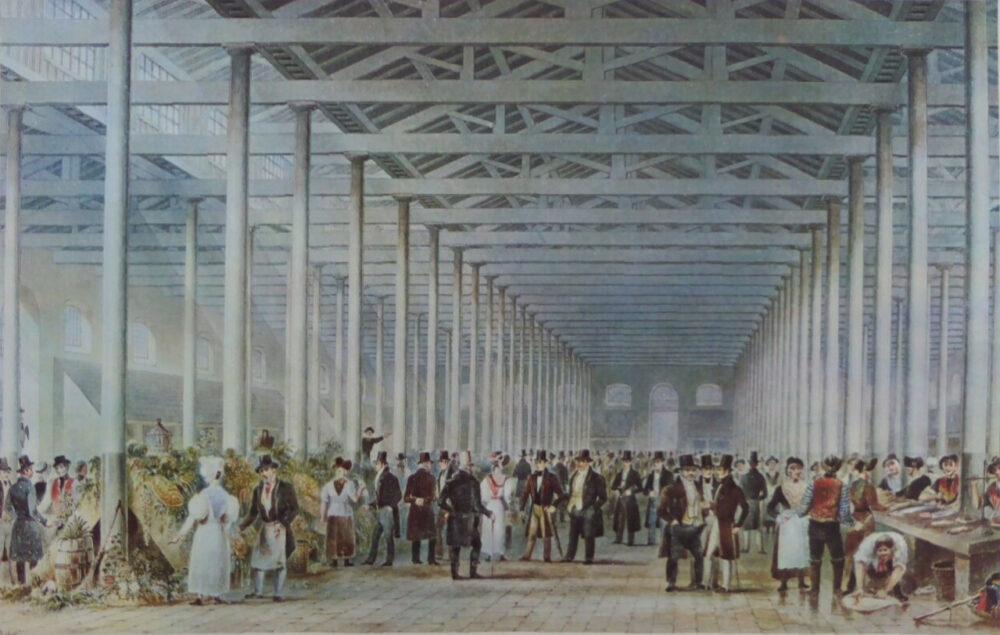
History
Remembering St Johns Market: A look back at Liverpool’s iconic marketplace
5 months ago

As news of the closure of St Johns Market echos throughout the city, let’s take a look at the history of this Liverpool institution.
St Johns Market has been a beloved fixture in the community for just over 200 years. Originally established in the early 19th century, the market has served as a vibrant hub of commerce, culture, and community for generations of Scousers.
Step back in time to 1822, where the bustling streets of Liverpool echoed with the sounds of commerce and trade. It was a time of rapid urban growth, fueled by industrialisation, and the demand for marketplaces was on the rise.
Market halls emerged as the preferred architectural form for these marketplaces, offering shelter from the elements and amenities such as water, lighting, and heating.

Prior to the construction of St John’s Market, Liverpool’s retail market was out in the open and based around St. George’s Church. However, as the city’s population grew, the market expanded, causing congestion and inconvenience to other businesses.
This period saw the emergence of more than 300 Acts of Parliament between 1801 and 1880, empowering local governments to acquire market rights and finance the construction of market facilities to accommodate the increasing urban population.

In response to this growing need, St. John’s Market emerged as one of the first fully enclosed, roofed market halls in England. Designed by architect John Foster Jr, the market boasted an impressive architectural feat with its 136 stone-trimmed classical arched window bays and 116 interior cast-iron pillars.
The original market, with its grand design, became a model for other locations across the country, including Birmingham Market Hall.

For decades, the market stood as a thriving shopping destination, offering an array of goods and wares to the people of Liverpool. It was a place where locals gathered to shop, socialise, and soak in the lively atmosphere of the market square.
However, in 1964, this iconic landmark met its demise, marking the end of an era for Liverpool’s market scene. The marketplace that once thrived within the grand halls of St John’s Market was no more, leaving behind only memories of its past.

But the spirit of the market lives on in the hearts of Liverpool residents, as the site was reimagined into a contemporary market space in 1971. Although it may not have had the same grandeur as its predecessor, the modern market continued to honour the legacy of its historic roots, offering a unique shopping experience that pays homage to its rich heritage.
Today, March 11, 2024, Liverpool City Council released a statement announcing the closure of St Johns Market with immediate effect.

The decision to cease the 43 tenancies at St Johns Market followed a lengthy period of communication with the businesses operating at the Market, to recover more than £1.7m of unpaid rent and service charges dating back to August 2020.
The Council say they had offered the business owners the option of negotiation over the repayment of the debt, but regrettably did not receive a meaningful response, leaving the Council with no option but to close the Market.

As a result of non-payment, the cost to the Council of subsidising the Market, which is leased from St Johns Shopping Centre, now amounts to around £1m a year.
St Johns Shopping Centre will still be open for business.










 Subscribe
Subscribe Follow Us
Follow Us Follow Us
Follow Us Follow Us
Follow Us Follow Us
Follow Us Follow Us
Follow Us











